Innovations in Packaging
Innovations in packaging technology are emerging as a crucial driver in the Condensed Milk Market. As consumer preferences shift towards convenience and sustainability, manufacturers are increasingly adopting innovative packaging solutions. For instance, the introduction of eco-friendly packaging materials and resealable containers is likely to attract environmentally conscious consumers. In 2023, the packaging segment of the food industry saw a growth rate of approximately 5%, reflecting the importance of packaging in influencing purchasing decisions. This trend suggests that companies in the Condensed Milk Market may need to invest in research and development to create packaging that not only preserves product quality but also appeals to modern consumer values. Such innovations could enhance brand loyalty and drive sales in the competitive market.
Growth of E-commerce Platforms
The growth of e-commerce platforms is significantly influencing the Condensed Milk Market. As online shopping becomes increasingly popular, consumers are more inclined to purchase food products, including condensed milk, through digital channels. In 2023, e-commerce sales in the food sector experienced a surge of approximately 20%, indicating a shift in consumer buying behavior. This trend is likely to continue, as convenience and accessibility drive more consumers to seek out their favorite products online. Consequently, manufacturers and retailers in the Condensed Milk Market may need to enhance their online presence and distribution strategies to capitalize on this growing trend. The ability to reach a broader audience through e-commerce could potentially lead to increased sales and market share.
Rising Demand for Dairy Products
The increasing demand for dairy products is a notable driver in the Condensed Milk Market. As consumers become more aware of the nutritional benefits associated with dairy, the consumption of condensed milk is likely to rise. In 2023, the dairy sector experienced a growth rate of approximately 3.5%, indicating a robust market for dairy-based products. This trend is expected to continue, as condensed milk is often utilized in various culinary applications, from desserts to beverages. The versatility of condensed milk in recipes further enhances its appeal, suggesting that the demand for this product will remain strong in the foreseeable future. As a result, manufacturers in the Condensed Milk Market may need to adapt their production strategies to meet this growing consumer preference.
Expansion of Food Processing Industry
The expansion of the food processing industry serves as a significant driver for the Condensed Milk Market. With the rise in processed food consumption, condensed milk is increasingly being incorporated into various food products, including baked goods and confectioneries. In recent years, the food processing sector has seen a compound annual growth rate (CAGR) of around 4%, which bodes well for the demand for condensed milk. This growth is likely to be fueled by changing consumer lifestyles and preferences for convenience foods. As food manufacturers seek to enhance the flavor and texture of their products, the use of condensed milk is expected to rise, thereby positively impacting the Condensed Milk Market. This trend indicates a promising outlook for producers and suppliers in this sector.
Culinary Trends Favoring Sweetened Products
Culinary trends favoring sweetened products are emerging as a key driver in the Condensed Milk Market. As consumers increasingly seek indulgent flavors in their food choices, the demand for sweetened condensed milk is likely to rise. In recent years, there has been a noticeable shift towards desserts and beverages that incorporate sweetened condensed milk, reflecting changing consumer preferences. This trend is supported by the growing popularity of dessert recipes that utilize condensed milk, which has been highlighted in various culinary publications. As a result, manufacturers in the Condensed Milk Market may find opportunities to innovate and expand their product lines to cater to this evolving consumer demand. The potential for growth in this segment suggests a favorable outlook for the industry.


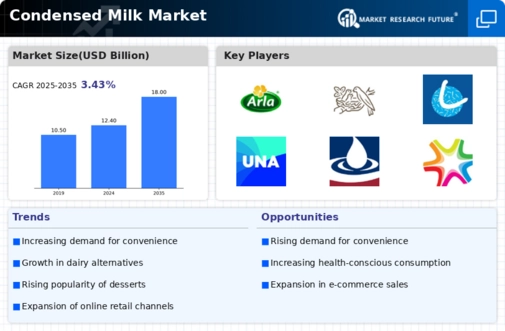
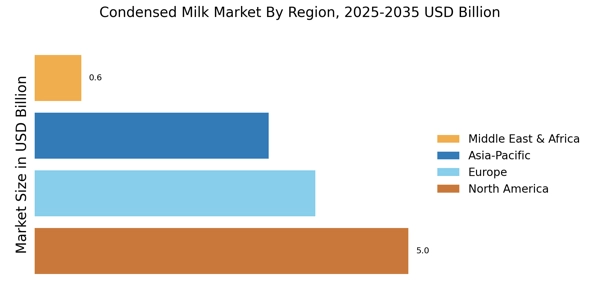
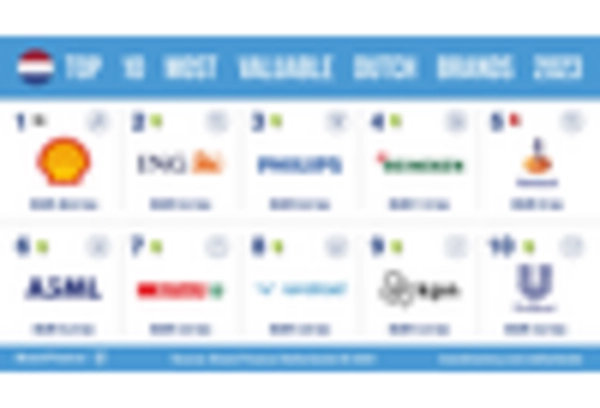

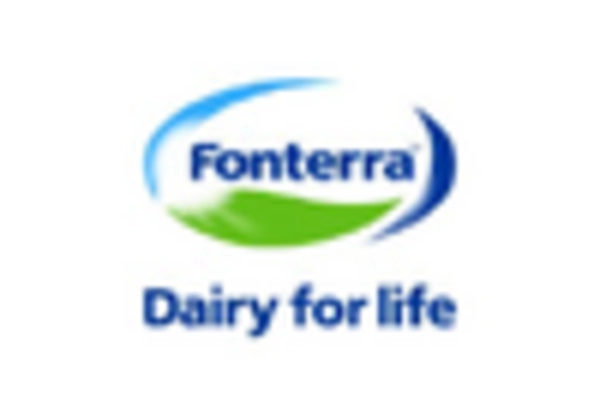

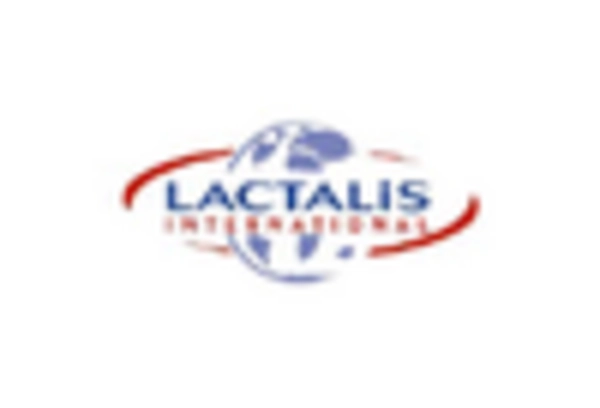









Leave a Comment